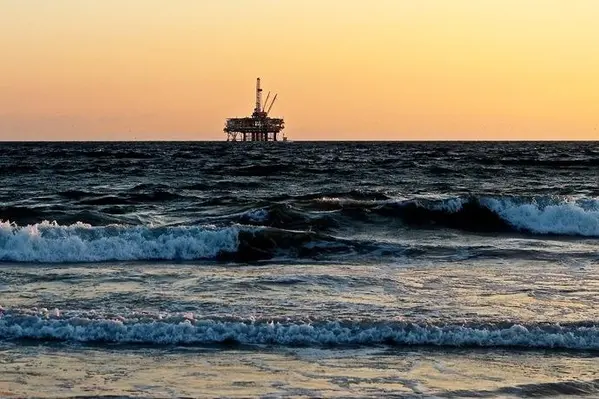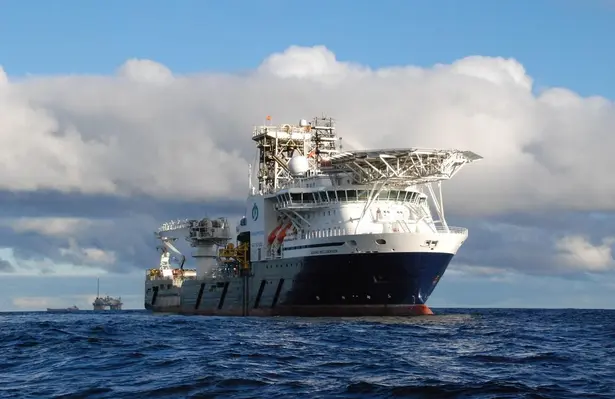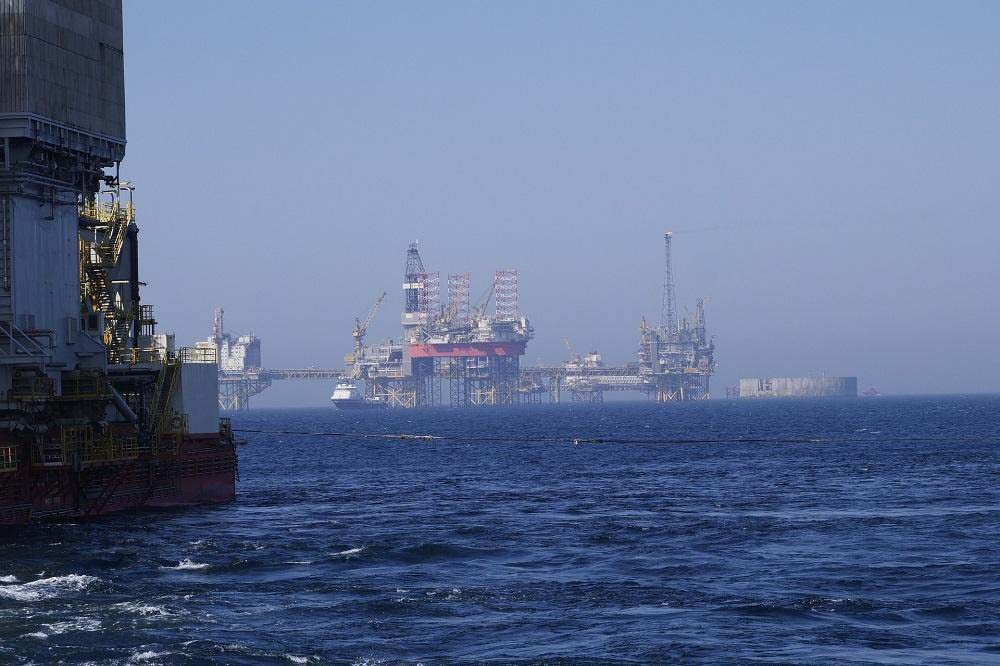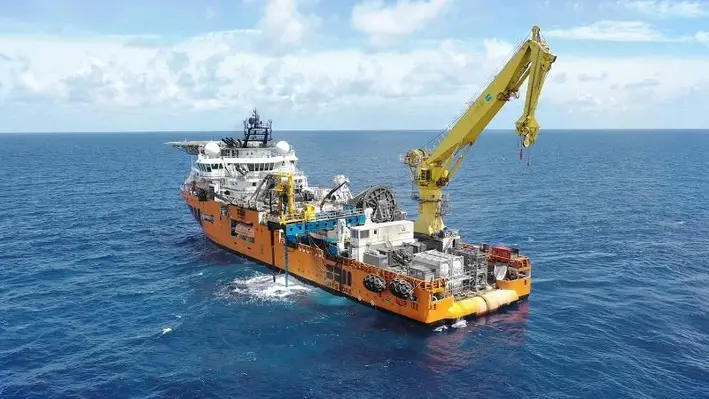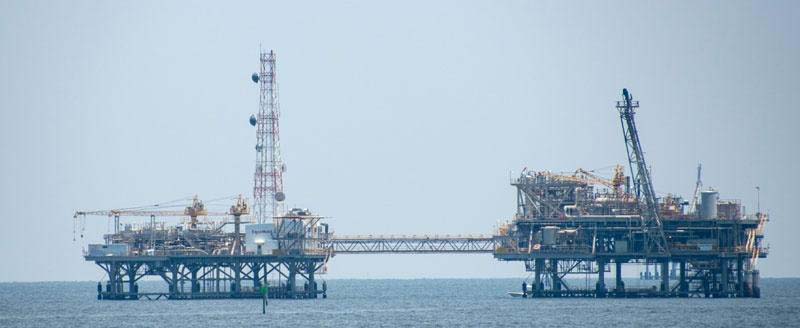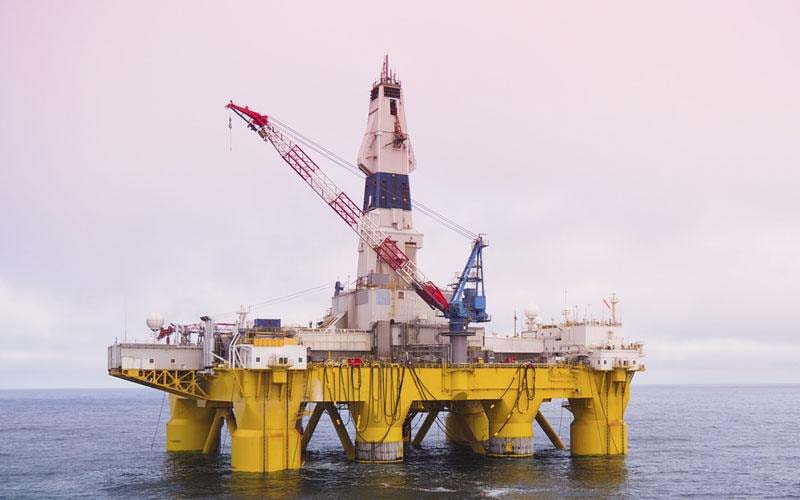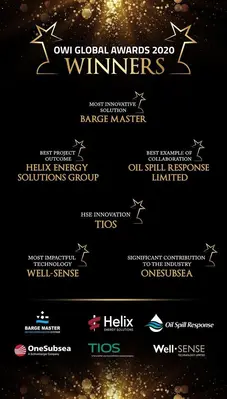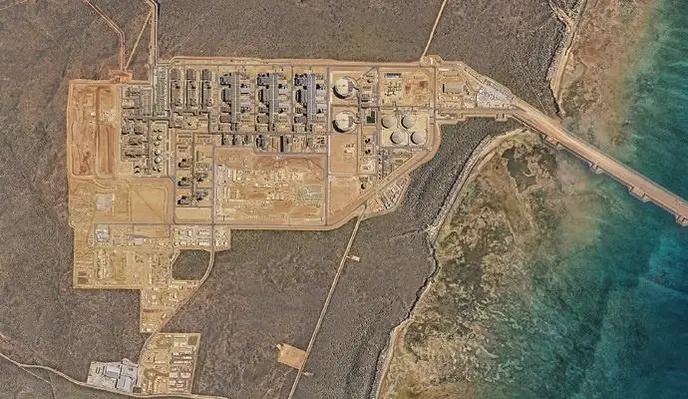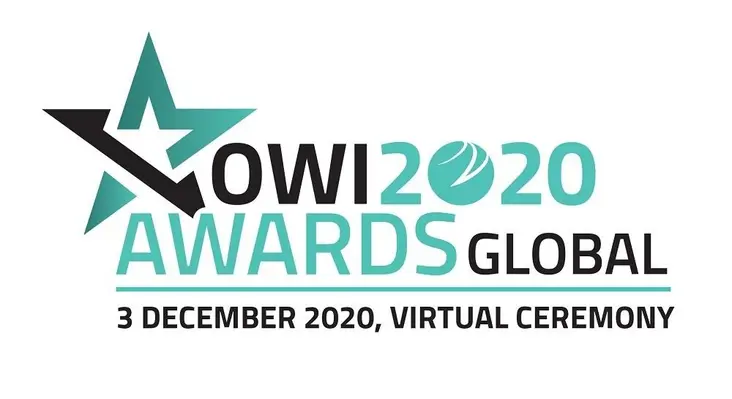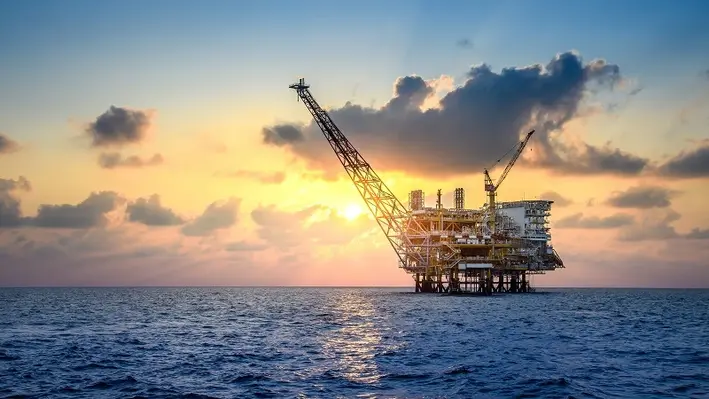- Region:
All
- Date:
Jan, 2021
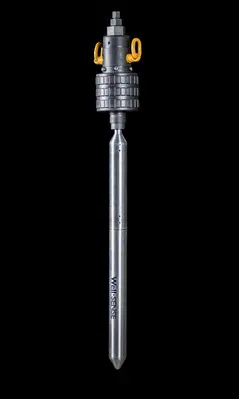
Genoa Black caught up with Craig Feherty, Director of FiberLine Technology (FLI) at Well-SENSE, to discuss their new product after it burst onto the market last year and subsequently received the award of Most Impactful Technology at the OWI Global Awards 2020.
FLI is an intervention system for downhole data acquisition which enables the operator to perform high-quality well surveys faster than ever before. It employs single-use bare fibre-optic lines for distributed temperature and acoustic sensing, placing them directly into the wellbore from surface to total depth.
This compact and lightweight technology does not rely on the use of rigs, wireline, sickline or coiled tubing for deployment - reducing cost, risk and time taken for well intervention, while still providing a dynamic picture of a well over time. Only one engineer is needed to deploy the system and it can be used for a number of different applications.
Behind the projects success:
Feherty reflected on why the product has received so much attention over the last year. He commented, “We have been running the technology for a couple of years, developing it, trialling it, making it commercial. We knew all along it was something important for the market, that will enable well surveillance to be carried out more efficiently. Over the last year FLI has delivered impressive field results."
When asked what value the FLI system brings to customers, Feherty responded, “One struggle for the industry is efficient data collection of the right type - understanding what is happening within assets, how they are performing and where things are going wrong that may be put right. Standard intervention methods can be costly and have not evolved much over time.
“We have approached this from different angle - how to give our customers faster, richer data sets and reduce the risks that especially offshore interventions can carry. All the way through our development we have tried to address the problem of gathering more meaningful data using a simpler technique. By doing so you minimise the risk. Our product is capturing such rich data sets that it gives our customers much more of an understanding of what is going on within their well, which in turn allows them to make decisions fast. And it is delivered at a very affordable price.
Why recognition was significant:
The FLI Director continued by observing that the company is a small team that has evolved from humble beginnings, mainly through determination. He noted, “It is not easy bringing a new product to market, especially something as different as ours. Developing and building the business up, really is a true reflection on the hard work of our team and the commitment we have had. We have always known that this would be something quite special and it is only through perseverance that you get there. It is the icing on the cake that the hard work that we have committed to, and the work we have done in partnership with our customers, has been recognised by these awards.”
Reflecting on 2020:
2020 was a difficult year for every company across the oil and gas industry and Feherty did not shy away from addressing the obstacles Well-SENSE had faced. He admitted, “I won’t lie and say it hasn’t been a challenge. It has been a challenge for all of us with a lot of uncertainties about. But I think, if anything, it gives us more pride in what we are doing.
“We have had a tough year, but we have ridden through it and with the commercial benefits FLI can offer, we still have a fantastic level of customer engagement, enquiries and orders. We are still growing and that is a testament in itself that, even in challenging times, a small, dedicated team with a great product designed to deliver value, can really make a difference.”
Looking ahead to 2021:
Finally, the FLI Director turned to the future as he concluded, “I would like to say the plans will be bigger and better next year, and of course they are, but really it is keeping to the same path we are on. We are seeing demand growing for our services and our technology and we look to continue servicing that throughout 2021. The more we do, the more we can prove how FLI can make big wins for our customers and we only see that as being fruitful. As a team we are really excited for the next 12 months. 2021 will be a new beginning for all of us, but we are starting in a great position, and we are expecting big things.”
Dedication and perseverance appear to have paid off for Well-SENSE with the recognition from the OWI Awards judging panel, with one of the expert judges noting that the FLI system is ‘giving operators new options’. The new technology is a much needed innovative boost for the industry and is fast becoming the first choice well surveillance and diagnostic tool across the sector.
